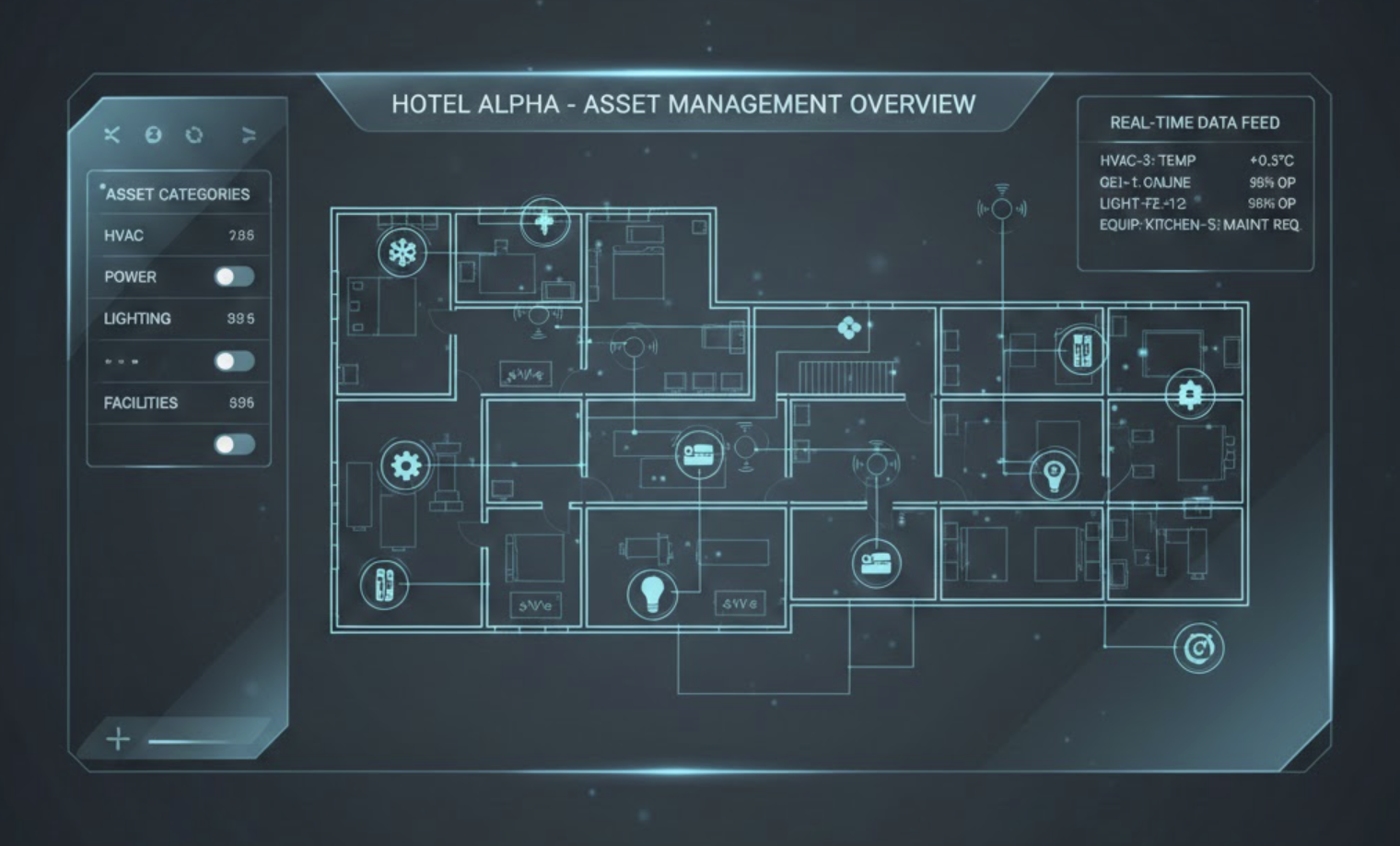Avoiding VO Conflicts with Digital Change Order Tracking
In the fast-paced world of construction management, effective oversight of changes is critical. Change orders, which represent modifications to the original scope of work in a construction project, often emerge due to various factors such as design revisions, unforeseen site conditions, or specific client requests. Understanding the significance of change orders and mastering their management through construction project management software is vital for maintaining timelines and budgets.
Understanding Change Orders
Change orders can be a double-edged sword; they can lead to enhanced project quality and adaptability, or they can spiral into disputes and delays if not managed effectively. To ensure that projects remain on track, construction teams need to implement robust systems that allow for timely and accurate adjustments. By embracing a digital approach to managing change orders, teams can minimize potential misunderstandings and avoid conflicts that may otherwise arise.
The Advantages of Digital Change Order Tracking
Utilizing digital change order tracking offers several significant advantages that enhance project outcomes:
- Real-Time Cost Tracking: Digital systems provide contractors with real-time visibility into project costs, helping to prevent budget overruns and ensuring accurate financial records. This immediacy fosters better construction financial management throughout the project lifecycle.
- Improved Communication: Enhanced communication is one of the key benefits of using digital platforms. Tools like Zepth Mail organizes project communication, linking messages directly to relevant activities and ensuring that every stakeholder remains informed and aligned.
- Enhanced Transparency and Accountability: Creating a clear audit trail with digital change order tracking fosters both transparency and accountability. Clients and stakeholders have access to meaningful, up-to-date information on potential changes, ensuring adherence to the project scope.
Key Concepts in Digital Change Order Management
Effective management of change orders requires a good grasp of key concepts associated with digital change order management:
- Change Order Management: This process encompasses the initiation, tracking, reviewing, and approving of changes in the project scope. By utilizing digital tools, teams are better positioned to reduce conflicts and minimize errors.
- Real-Time Tracking: Sophisticated tools like Clearstory and Trimble Construction One enable real-time tracking of change orders, ensuring that all stakeholders stay informed throughout the process. Timely updates can essentially eliminate misunderstandings that lead to disputes.
- Collaborative Tools: Features such as collaborative change order logs, notifications, and digital time and material tags facilitate enhanced communication among project teams. These tools support stakeholders in viewing and discussing changes, minimizing potential conflicts effectively.
Statistics and Impact
Recent data indicate that leveraging digital change order tracking can significantly reduce conflicts in construction projects by up to 30%. This reduction in conflicts is achieved by ensuring that all stakeholders have access to the same information and are on the same page throughout the project lifecycle.
Use Cases and Best Practices
Drawing upon effective practices can maximize the benefits of digital change order management:
- Centralized Management: Implementing change order management software centralizes the creation, tracking, and approval of change orders within a secure platform. This approach reduces potential errors and enhances transparency across contractors, subcontractors, and clients.
- Case Study: In one commercial building project, the introduction of change order management software streamlined processes, allowing for quick and transparent reviews of change requests. This led to improved record-keeping, faster processing of change orders, and a notable increase in project efficiency.
- Analyzing Project Data: Utilizing construction analytics and insights tools can help in collecting and analyzing project data to identify recurring risks and liabilities. Such analysis proves effective in enhancing operations regarding cost estimating, project budgeting, and scheduling.
How Zepth Can Help
Zepth’s robust toolkit provides essential advantages for managing change orders effectively:
- Integrated Communication: Tools like Zepth Mail streamline project communications, ensuring all stakeholders remain informed and aligned on any changes to the project scope.
- Transparent Change Order Tracking: With Zepth’s digital change order tracking system, real-time updates enhance transparency and accountability, significantly reducing the likelihood of conflicts.
- Streamlined Processes: By adopting Zepth’s construction project tracking software, contractors can swiftly submit digital change orders, allowing project owners to approve them promptly. This leads to a more organized and efficient workflow overall.
Emerging Innovations
As the construction industry embraces technology, several innovations are reshaping change order management practices:
- BIM Integration: Building Information Modeling (BIM) creates a solid framework for clear records of design and specification changes. When integrated with change order management software, it helps limit conflicts and bolsters collaboration among stakeholders.
- Data Analytics: Advanced construction management tools are capable of analyzing data from prior projects to identify common risks and liabilities. This insight assists in preventing disputes or resolving them swiftly when they occur.
Embracing digital change order tracking equips construction teams with the necessary tools to significantly reduce conflicts, increase transparency, and boost overall efficiency. By leveraging solutions like Zepth, you enhance your project management capabilities and streamline workflows in modern construction management.




